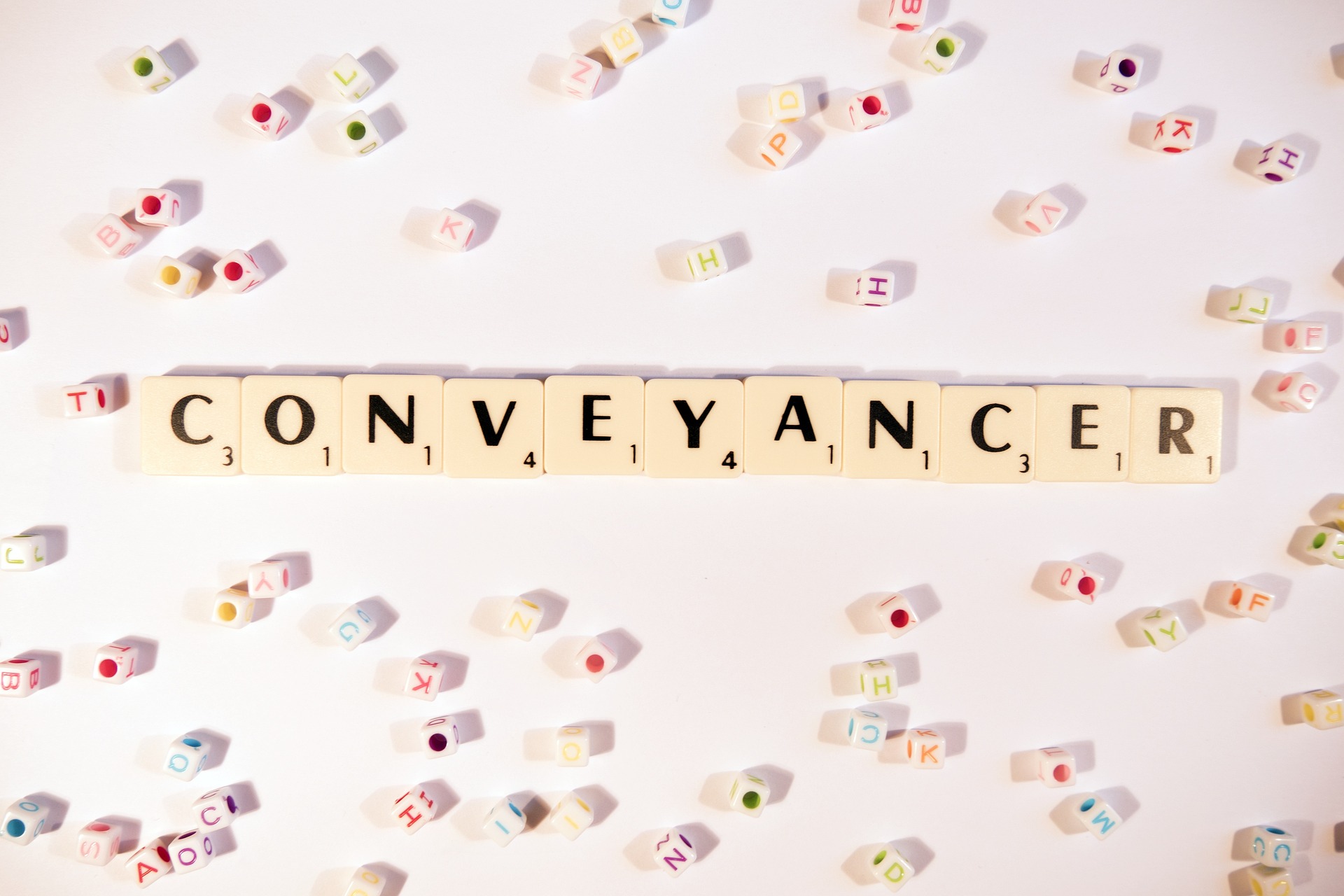
5 questions to ask at a rental viewing
Both licensed conveyancers and conveyance solicitors are legal professionals who are responsible for transferring ownership of property from seller to buyer. It is not a legal requirement to use either licensed conveyancers or conveyance solicitors. Some people decide to carry out the conveyancing process themselves but doing it yourself may be difficult and therefore it is recommended that you consult a professional.
What are the 5 steps of conveyancing for a buyer?
1.Pre-contractual stage– all necessary documents are provided to prepare for the transferring ownership after the buyer and seller have agreed on an offer. The documents will include some of the following information: the sale price of the property, any planning restrictions, the completion date, and any legal restrictions on the property.
2. Exchange of contracts– when both the seller and buyer are satisfied with everything in the pre-contractual stage, the contract is signed, and both will have a copy of the final contract. The agreement is legally binding once contracts are exchanged.
3.Between exchange and completion– at this stage, final checked are conducted: mortgage documents and land registry are checked. Transfer of funds are also arranged at this stage.
4.Completion– in the completion stage, the money for the property is transferred from buyer to seller and the keys are handed over to the buyer.
5.After completion– the property will be registered with the new owner in the Land Registry.
The differences between a Licensed Conveyancer and Conveyance Solicitor
Here are the main differences between a licensed conveyancer and conveyance solicitor:
- A conveyance solicitor is a qualified lawyer who can deal with a variety of legal issues. Since they are qualified lawyers, it is more expensive to get the support of a conveyance solicitor compared to a licensed conveyancer.
- Conveyancers must be members of the Council for Licensed Conveyancers whereas, conveyance solicitors must be members of the Law Society.
- For more complex cases, it is recommended to get the support of a conveyance solicitor.
The information in this post is valid to the best of our knowledge on the date of posting. It is advised that you seek independent advice based on your individual circumstances.
T +44 (0)203 488 1488
Recent Posts






